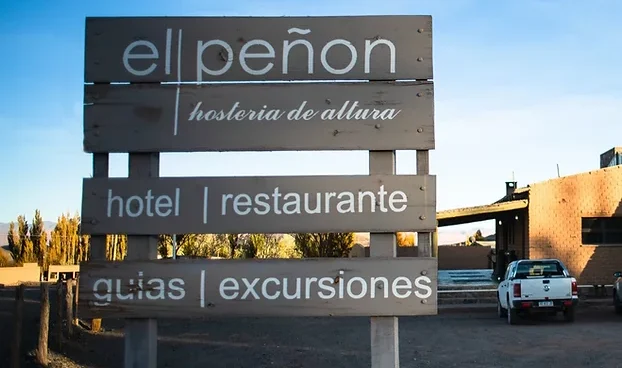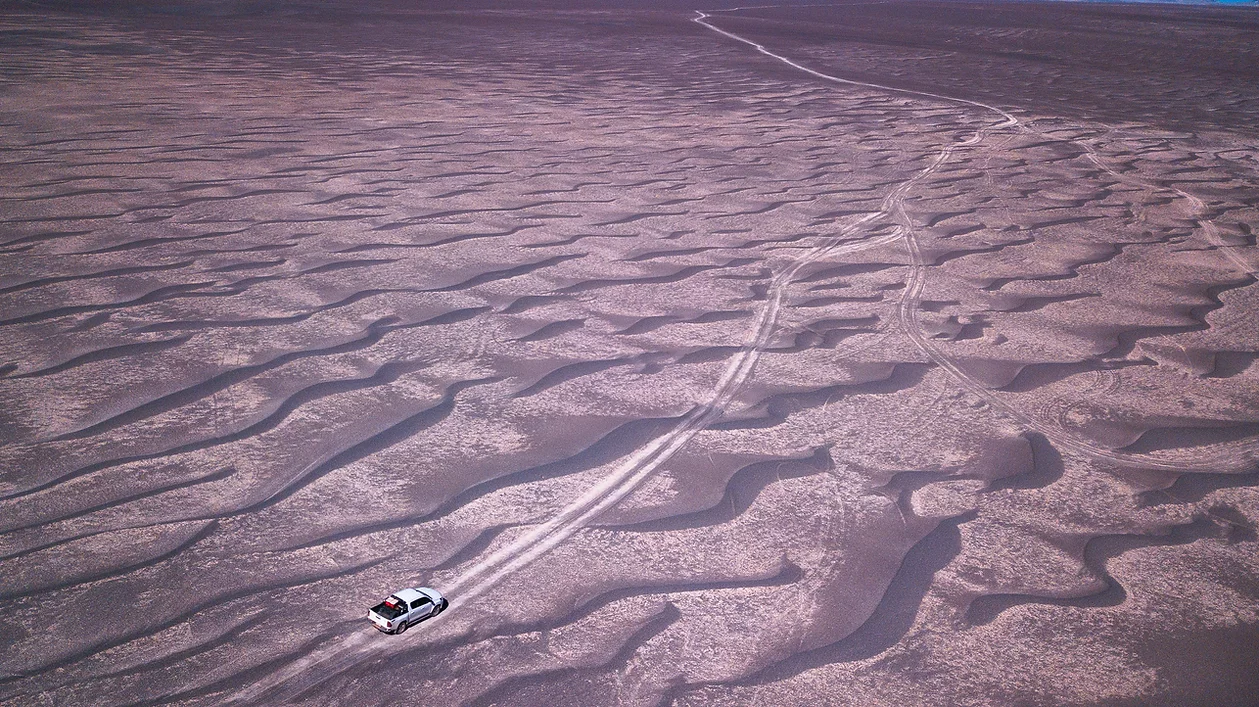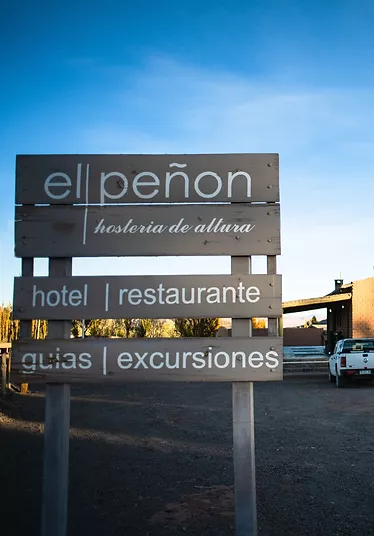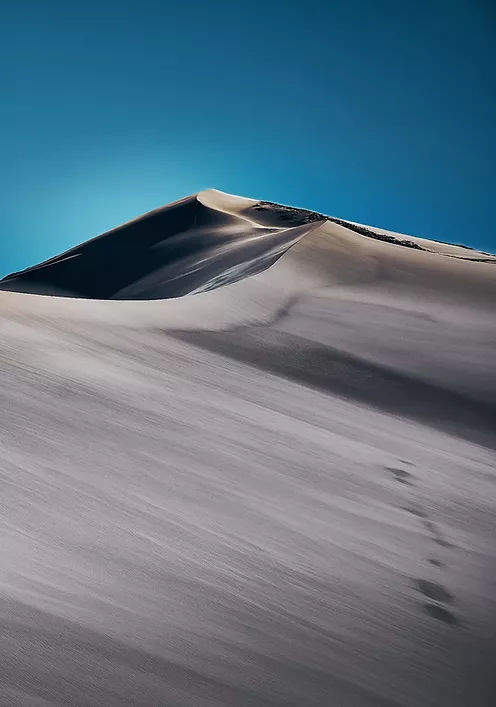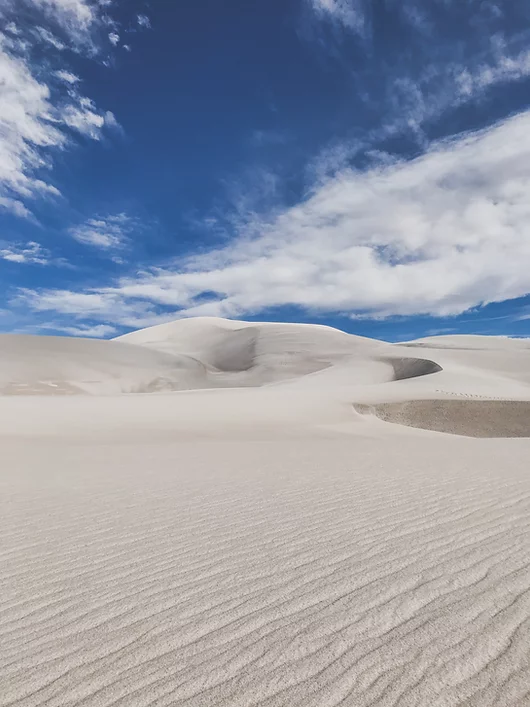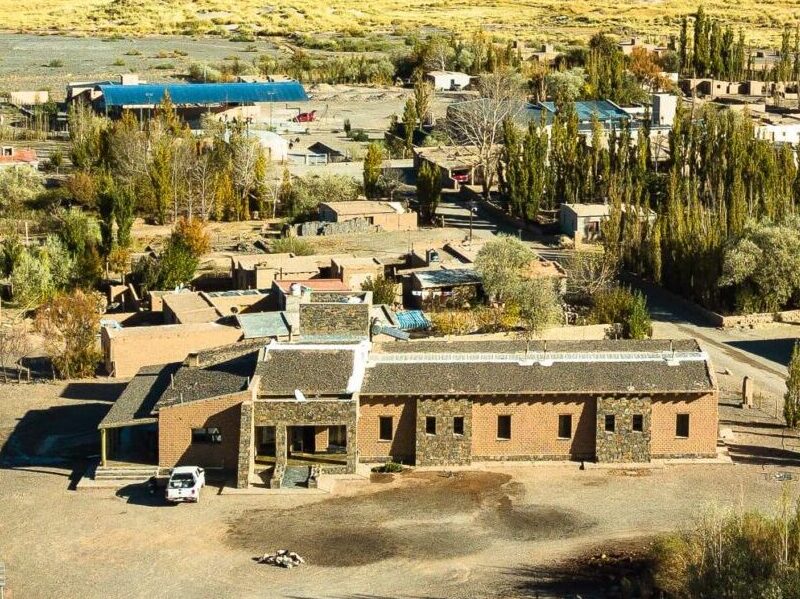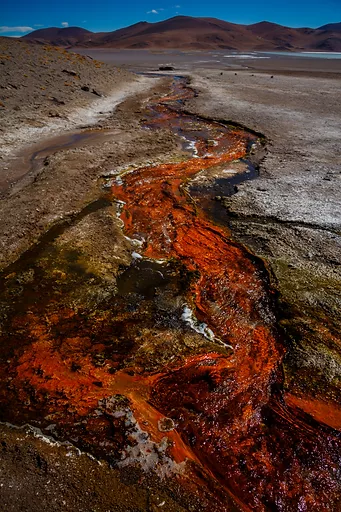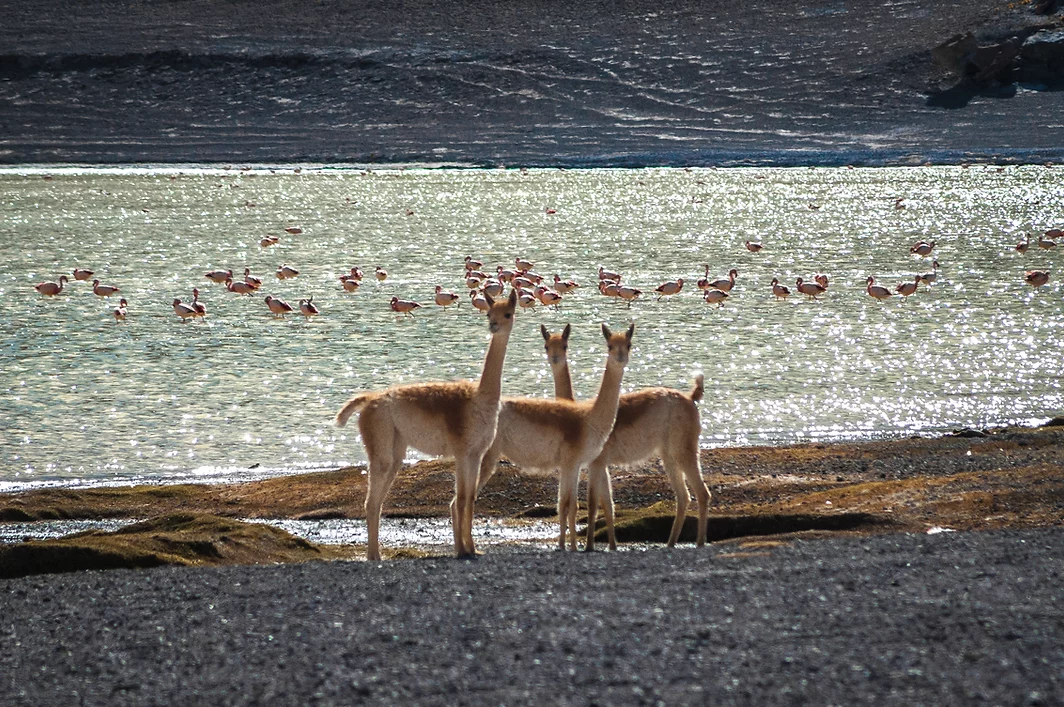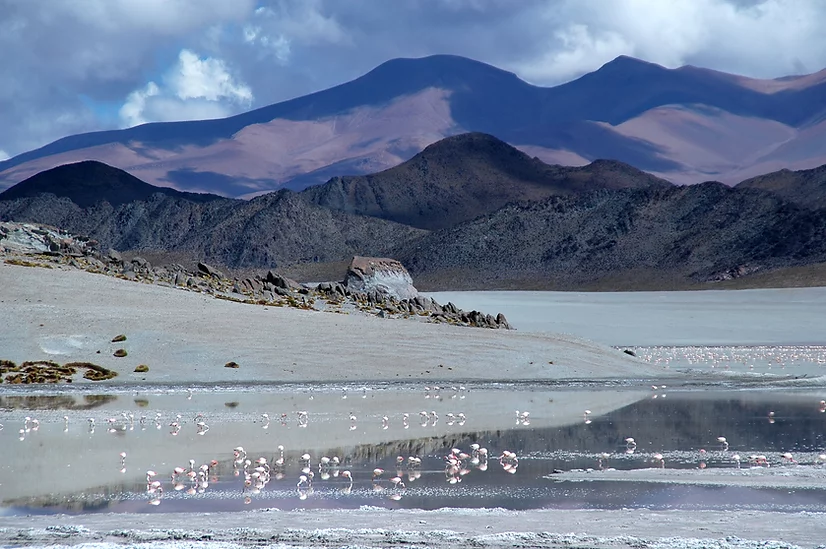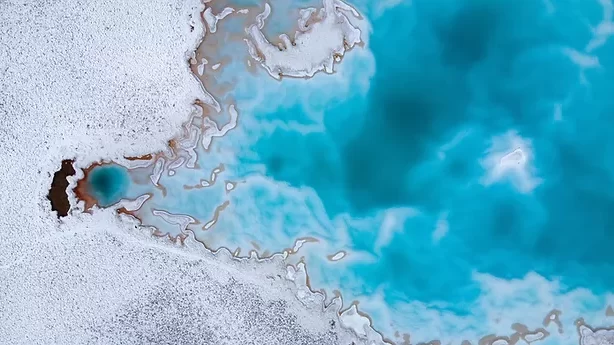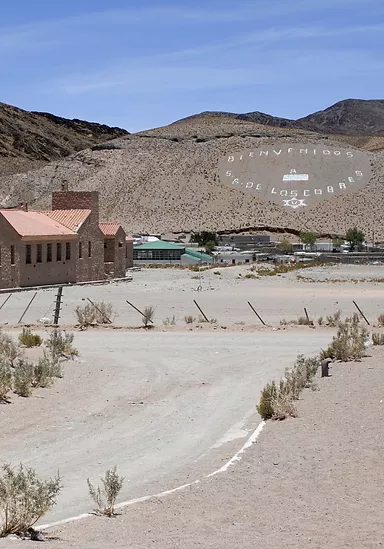Avventura nel deserto di El Peñón
Il piccolo villaggio di El Peñón si trova nella provincia di Catamarca, nel cuore dell'incredibile bellezza della Puna argentina (deserto andino di alta quota). È la base perfetta per esplorare meraviglie come la Laguna Grande, dove migliaia di fenicotteri si incontrano in un ambiente spettacolare, e le imponenti dune.
La vasta Riserva Naturale Campo di Pietra Pomice (Campo de Piedra Pomez), l'Oasi di Antofalla abitata da 60 persone lungo una delle più importanti Saline del Sud America. Il villaggio è anche situato in una posizione strategica per effettuare spedizioni al remoto Vulcano Galán e alle splendide regioni del Vulcano e del Lago Peinado, tra le altre gemme nascoste della Cordigliera Andina.
"Il nostro destino non è mai un luogo, ma un nuovo modo di vedere le cose"
Henry Miller
Cosa faremo
esperienza in questo viaggio,
giorno per giorno
Cosa comprende il viaggio?
Iniziamo a pianificare il viaggio
Inviateci un'e-mail a info@socompa.com oppure compilate il modulo








